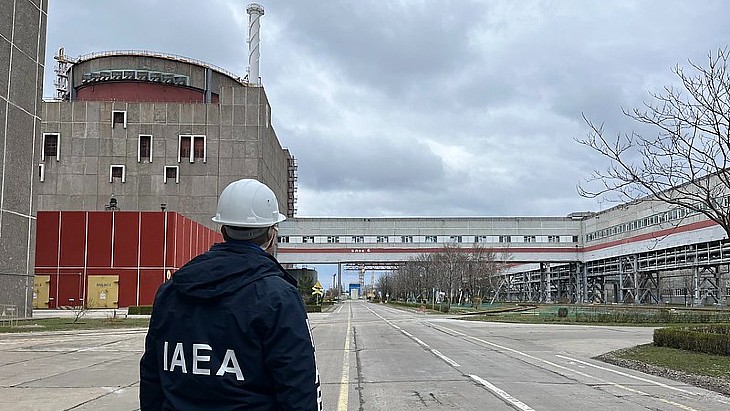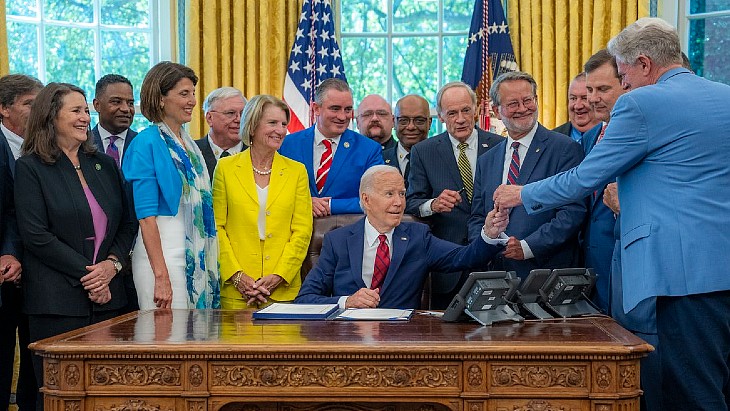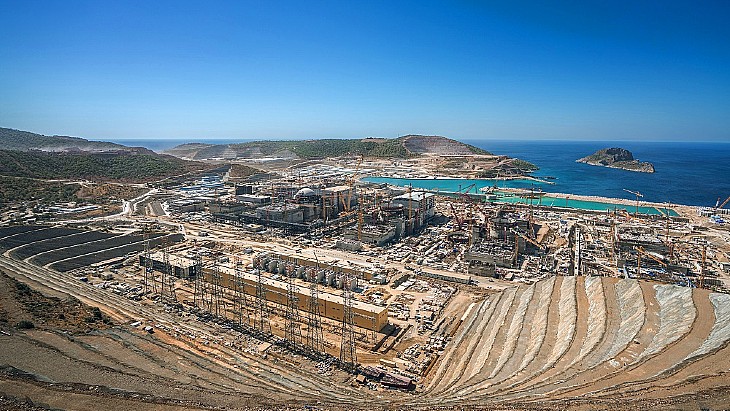Staff levels at Zaporizhzhia in spotlight

In his latest update on the situation at the six-unit plant which has been under Russian military control since early March 2022, the IAEA's Director General Rafael Mariano Grossi said the agency's staff at the plant were continuing to "pay close attention to maintenance activities at the site".
“The reduced number of maintenance staff at the plant and the limited availability of all necessary spare parts have the potential to impact the operation of safety systems. It is essential that all necessary maintenance is performed,” Director General Grossi said.
The update, published on Friday, added: "The IAEA experts are also continuing to collect information on the status and condition of staff, as well as on the training and licensing of operating staff at the plant under Russian Federation regulations."
In response, on Monday, Russian news agency Tass said "the region's Governor Yevgeny Balitsky told reporters at a press conference 'There are about 3000-3500 people working at the plant now'." This, he said, was compared with 11,500 employees when the plant is in full operation. "But today there are about 3500 people who ensure its viability, its safety," in "self-supply mode", he reportedly said.
Four of the six units are in cold shutdown, with two in 'hot shutdown' where they produce heat for plant safety activities and heating for the nearby town of Energodar where many staff and their families live. Balitsky reportedly said that there was enough electricity generation in the region without the plant's supply, and that the lack of operating high-voltage lines around the plant meant "there was no point in restarting the power units in normal mode".
The State Nuclear Regulatory Inspectorate of Ukraine has said all six units should be in cold shutdown for safety reasons, although the Russian side have rejected that view.
In the IAEA's update, which followed the latest rotation of its staff at the site, Grossi said: "For 14 months now, we have had IAEA experts present ... monitoring nuclear safety and security and informing the world about developments there. Their work is vital for efforts to keep this major nuclear facility safe and protect people and the environment in Ukraine and beyond. However, the risk remains. Our important work continues as long as it is necessary."
He said staff continue to hear explosions in the distance "underlining the ever-present dangers to nuclear safety and security". He added that in the past week the IAEA experts had visited facilities for storing fresh fuel, emergency generators for unit 1, the open switchyard of the 750 kV power line, the central warehouse and the temporary emergency response centre. They were also informed that there will be an emergency exercise held this month, the first such exercise since the war began.
The IAEA team continue to request access to the rooftops of units 1, 5 and 6, having already being able to inspect those areas of the other three units. They also continue to seek access to all six turbine halls.
They report that eight of the plant's nine mobile diesel boilers are operating to generate heat for the winter, and work has begin to insulate the new wells which have been built to provide cooling water since the destruction of the Kakhovka dam in June.


_58601.jpg)
_11531.jpg)









